California Groundwater Legislation Will Be Amended Monday
Basins get more than two decades to balance groundwater use.
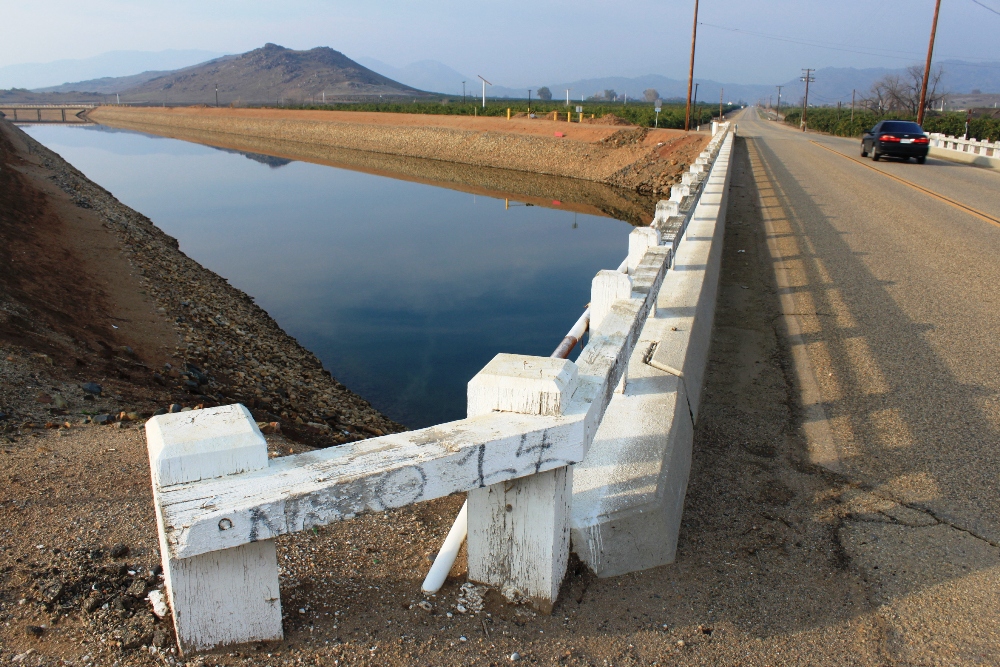
By Brett Walton
Circle of Blue
California lawmakers begin their sprint finish Monday to pass new rules for managing groundwater before the legislature goes home for the year on August 31.
A group of heavy-hitters in the world of California water policy — the Association of California Water Agencies, which represents 440 public water providers, and the California Water Foundation, led by a former head of the state water department — have been working with two Democratic lawmakers — Senator Fran Pavely and Assemblyman Roger Dickinson — to merge their groundwater bills into a passable piece of legislation.
Groundwater is a lifeline this year for Californians, particularly for farmers, as they endure the state’s worst drought on record. Groundwater is helping the agriculture industry stay afloat when deliveries from canals have been substantially cut back, in some cases to zero.
But many groundwater basins are unregulated. Any farmer with enough cash to sink a deep well can pump as much water as is economically desirable. That has led to dry domestic wells across the state and families without tap water. The land is sinking in other places, putting public infrastructure at risk of failure.
The revised legislation will be introduced Monday, August 4. Legislative staff provided Circle of Blue with a summary of the bill.
The key points:
Who Is Affected?
The regulations would not apply to adjudicated groundwater basins, which have had water claims settled by the courts, or basins deemed a low or very low priority by the state, of which there are 388.
The state’s 127 high- and medium-priority basins, most of which are located in the Central Valley, the Salinas Valley, and Southern California, will have to submit plans. Prioritization is based on population and water use.
When Must They Act?
Local agencies have until January 1, 2017 to form a groundwater management body. By January 1, 2020, they must adopt a plan. By January 1, 2040 — nearly 26 years from today — they must achieve the goals in the plan. Every five years they will register their progress with the state.
The legislation wants everyone in a basin involved: land use planners, irrigation districts, Indian tribes, public utilities, federal agencies, environmental groups, and more.
What’s in a Plan?
A plan must look 50 years into the future. It must have measurable objectives to be achieved every five years. It must explain how groundwater will be monitored and managed. The details, however, will be each basin’s responsibility.
The governing body will be able to propose fees, monitor water withdrawals, and track the location of wells. It will not be able to issue or deny permits for new wells, but it may be authorized to do so by a county.
Will Any Plan Do?
No. The Department of Water Resources will review the plans and will have the power to request changes. How it will do this is still being written.
The state will step in to manage a basin under four conditions:
-
1) If local agencies do not adopt a governing body within two years;
2) If local agencies do not adopt a management plan within five years;
3) If the DWR determines that a plan is inadequate and the State Water Resources Control Board determines that a basin is “in a state of long-term overdraft or has significant depletions of interconnected surface water.”
4) If the DWR determines that implementation of a plan is inadequate and the water board makes the same determination as in #3.
The definitions of “long-term overdraft” and “significant depletions of interconnected surface water” are not clear.
Brett writes about agriculture, energy, infrastructure, and the politics and economics of water in the United States. He also writes the Federal Water Tap, Circle of Blue’s weekly digest of U.S. government water news. He is the winner of two Society of Environmental Journalists reporting awards, one of the top honors in American environmental journalism: first place for explanatory reporting for a series on septic system pollution in the United States(2016) and third place for beat reporting in a small market (2014). He received the Sierra Club’s Distinguished Service Award in 2018. Brett lives in Seattle, where he hikes the mountains and bakes pies. Contact Brett Walton



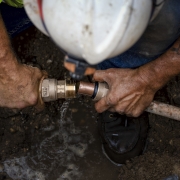
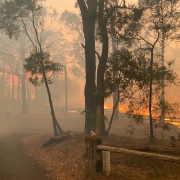

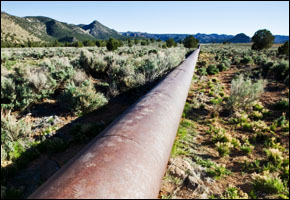


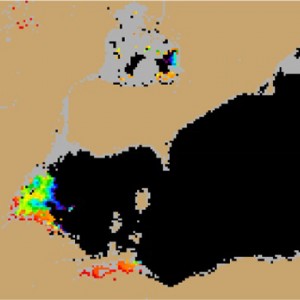
Leave a Reply
Want to join the discussion?Feel free to contribute!